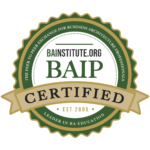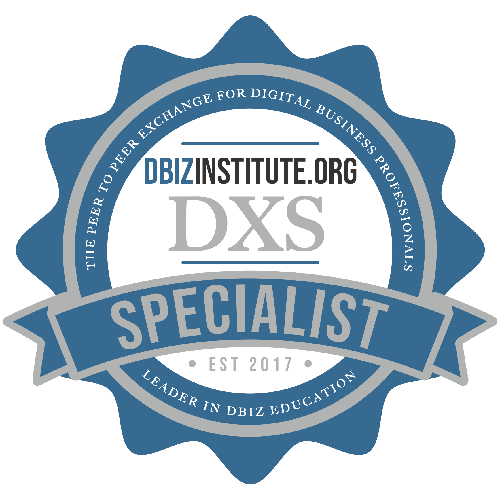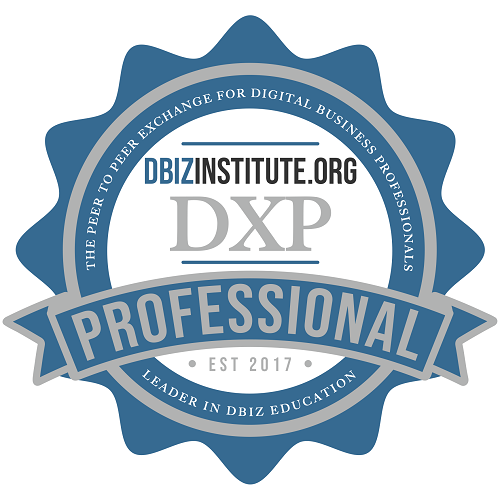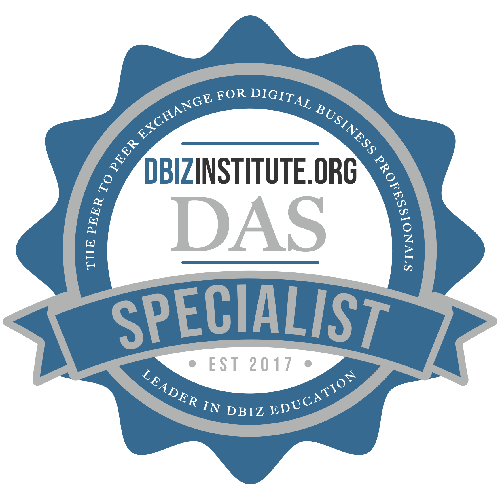Home / Resources
Resources
Discover a Wealth of BPM Knowledge and Expertise at BPMInstitute.org!
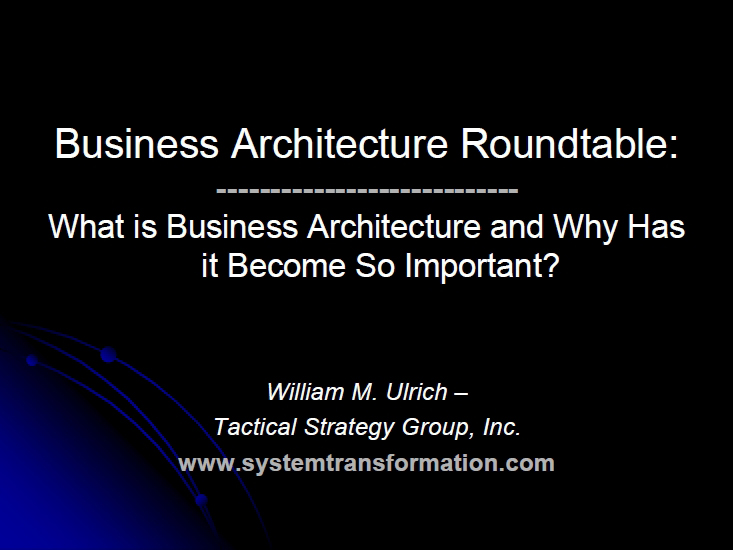
What is Business Architecture and Why Has it Become So Important?
Business architecture is the critical bridge between business strategic and operational planning and technology at an enterprise level. This Round Table will explain why it is becoming more important in 2008.
Business Architecture survey results will also be discussed.
Featured Speakers

Tipping Points Round Table Series – BDM with BPM and SOA: Exploring The Relationships
Business Decisions are the missing link joining BPM and SOA to Business Rules. The Round Table explores strategies for maximizing ROI for operational business decisions and BPM/BDM projects. It discusses the benefits attained and agility gained when organizations externalize and manage Decisions and Business Rules.
This round table is now available on-demand.

SOA Watch: Most SOA Consultants Need a Lesson in SOA
Many people in the planning stages for SOA do not get the proper advice and guidance as to how to proceed, or even what a SOA actually is.

The Real Reason to Build a Business Architecture
Today many companies are considering whether or not to undertake a Business Architecture (BA) initiative. Many strategic research and service firms have recognized the importance of linking the BA to the strategy and integrating the BA with its supporting IT architectures, in an Enterprise Architecture (EA) framework. These firms have frequently reported on the BA’s increasing value to successful companies and provided sound reasons for undertaking the initiative. But, this does not make it a sure thing for the enterprise. So, why is a Business Architecture initiative an important one?

The Softer Side of BPM
“The first and most important step toward success is the feeling that we can succeed.” Nelson Boswell, Author
Practical SOA management (end-to-end performance and problem resolution)
With IT Operations worried that SOA performance management is teetering on the brink of chaos, can they find anything to love about SOA?
There is a lot to love about the flexible solution design approach that Service-Oriented Architecture (SOA) represents. SOA facilitates discoverable and reusable software services, which developers love because they need not recreate existing code. Indeed, all sorts of software services, from browser widgets to serious business assets (IBM’s SOA catalog for example) are now easily downloadable.

The Human Performance System
The human performance system (HPS) is a model that describes the variables influencing the behavior of a person in a work system. The HPS has been used by performance analysts and others for some 40 years to diagnose and even predict the likely behavior of human beings in given performance situations. The earliest version of this model was created in the 1960’s by Geary Rummler and Dale Brethower .

Business Decision Management – Part 1
INTRODUCTION
Organizations adopting business process management approaches often find that a process-centric approach risks assuming that only two basic components must be coordinated – existing systems and tasks performed by people. The problem with this is twofold.
- Firstly, many existing systems are extremely “dumb” – they store data, manage it and regurgitate it on command. These “legacy” systems have been built to support the largely stable business of the past rather than to cope with today’s dynamic business environment.
A Business Oriented Architecture: Combining BPM and SOA for Competitive Advantage
To support business process improvement initiatives, many IT groups today have been implementing a Service Oriented Architecture (SOA) in order to re-orient their core technology to reflect new consumption patterns. The service oriented context, however, is only a part of the process improvement equation – it needs a partner. This paper discusses how leading companies have recognized that implementing Business Process Management (BPM) and SOA together gives them unique capabilities to enable business process improvement.
Insight and Ideas
Almost everyone is familiar with the famous Edison quote: “Genius is 1 percent inspiration and 99 percent perspiration”. To know much about Edison’s life, is to know that was certainly true for him – and many other creative individuals when you take the time to learn how they worked. Yet, there is still a strong sense among many that great ideas come to the gifted in the way lightning strikes, unpredicted and unexpected.
Insights as Idea Sources
In my experience, great ideas more likely come from great insight.
Business Architecture: Coming of Age
What is business architecture? If you ask ten business architects, you’re likely to get ten overlapping definitions clustered, to varying degrees, somewhere around the correct answer. But what is that answer?

SOA Watch: Don’t Let the Vendors Drive Your SOA
So, why are organizations looking towards their “comfort vendors” and “comfort technologies?” It’s a matter of path of least resistance and lack of education.
Path of least resistance because the relationship is already established, and you don’t have to go through the hassle of getting to know new players, or many new players.

EMC Documentum Process Suite 6.0
EMC Corporation is a world leader in hardware, software, and services for information and storage management. The EMC Documentum Process Suite offering is part of the Documentum family of enterprise content management (ECM) software, and is tightly integrated with the Documentum Content Server and repository for its operation. While it can be applied to a broad class of process solutions, the primary focus is on transactional content management (TCM). Transactional content typically originates outside of the organization and drives internal back- office transactions such as invoice processing, loan origination, claims and case management.

BPMS Watch: Ten Tips for Effective Process Modeling
The BPMN specification presents lots of technical definitions and rules, but it does not teach you how to create process models that are effective in their primary mission – maximizing shared understanding of the as-is or to-be process. To do process modeling effectively, you need to go beyond the spec and learn a basic methodology, best practices, and specific diagram patterns to use in common situations. To illustrate the point, here are ten tips for effective modeling in BPMN.
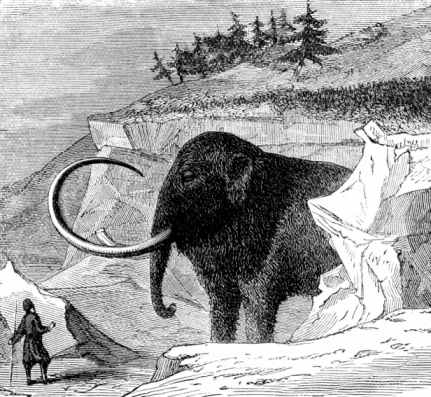
The Secret Weapons That Lean Provides for BPM
Ever notice that executives can call attention to a problem but they don’t know what it takes to get it fixed? In contrast, workers have lots of ideas of how to fix things, but they don’t have the authority to get improvements made. And conversations between the two groups are too constrained or conflicted to drive corrective action. To make matters worse, neither group seems to know the whole process and be able to determine how changing one part might impact another. In short, we have trouble finding both the forest and the trees.
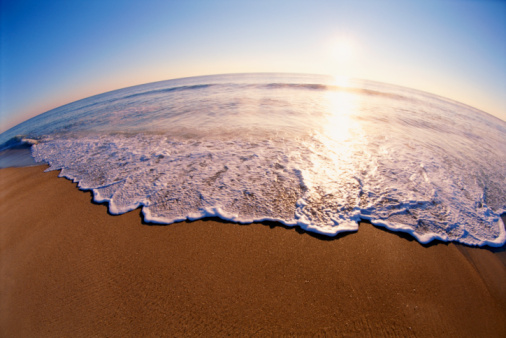
Realizing the Strategic Promise of SOA Requires Master Data Management
Service-Oriented Architecture (SOA) represents a more flexible approach to building IT solutions. Combining SOA with other complementary technologies and approaches further enhances the ability to build more agile solutions. These solutions are easier to change, provide improved access to time-critical information and are more aware of – and responsive to – business events throughout the value chain.
ERP, Old IT and the Rise of Something New
Complex and proprietary ERP systems symbolize the final evolution of “Old IT”. They are the embodiment of a frame of mind that is inherent in the culture of the industrial economy and its great invention – the assembly line. That mindset attempts to organize every activity down to the lowest levels of detail. It makes rules and regulations for everything and then tries to run each activity over and over, faster and faster without changing anything. This is how you get greater and greater productivity at lower and lower costs; this is what we call efficiency.
Business Architecture 2008: Standards, Frameworks and Governance
Business architecture is poised to make significant inroads this year. While business architecture emerged as a distinct area of focus in 2006 and matured during 2007, it is poised for a big year in 2008. A number of factors are beginning to converge that will make 2008 a turning point for this essential discipline including a new focus on standards, convergence of frameworks and solidification of the role of business architecture in enterprise governance.

Strategic Decisions
In these pages over the last year we have focused on the business value of separating Business Rules from Business Process, and using Business Decisions as both organizing principal for those Business Rules, and as a means of managing the rules. The value of the Business Decision Management (BDM) approach is multifold, as the Business Decision is the natural means of connecting Business Rules to Business Process in a BPM environment.

BPMS Watch: New Hope for BPMN Portability
I have long railed against OMG’s inexcusable omission of even minimal support for model portability in the BPMN standard. In the forever-stuck-in-final-edit version 1.1, they still haven’t even provided an XML storage format, or serialization, for BPMN, much less a list of the elements and attributes that any “compliant” tool must support. Yet in my BPMN training, students simply assume such portability exists.




